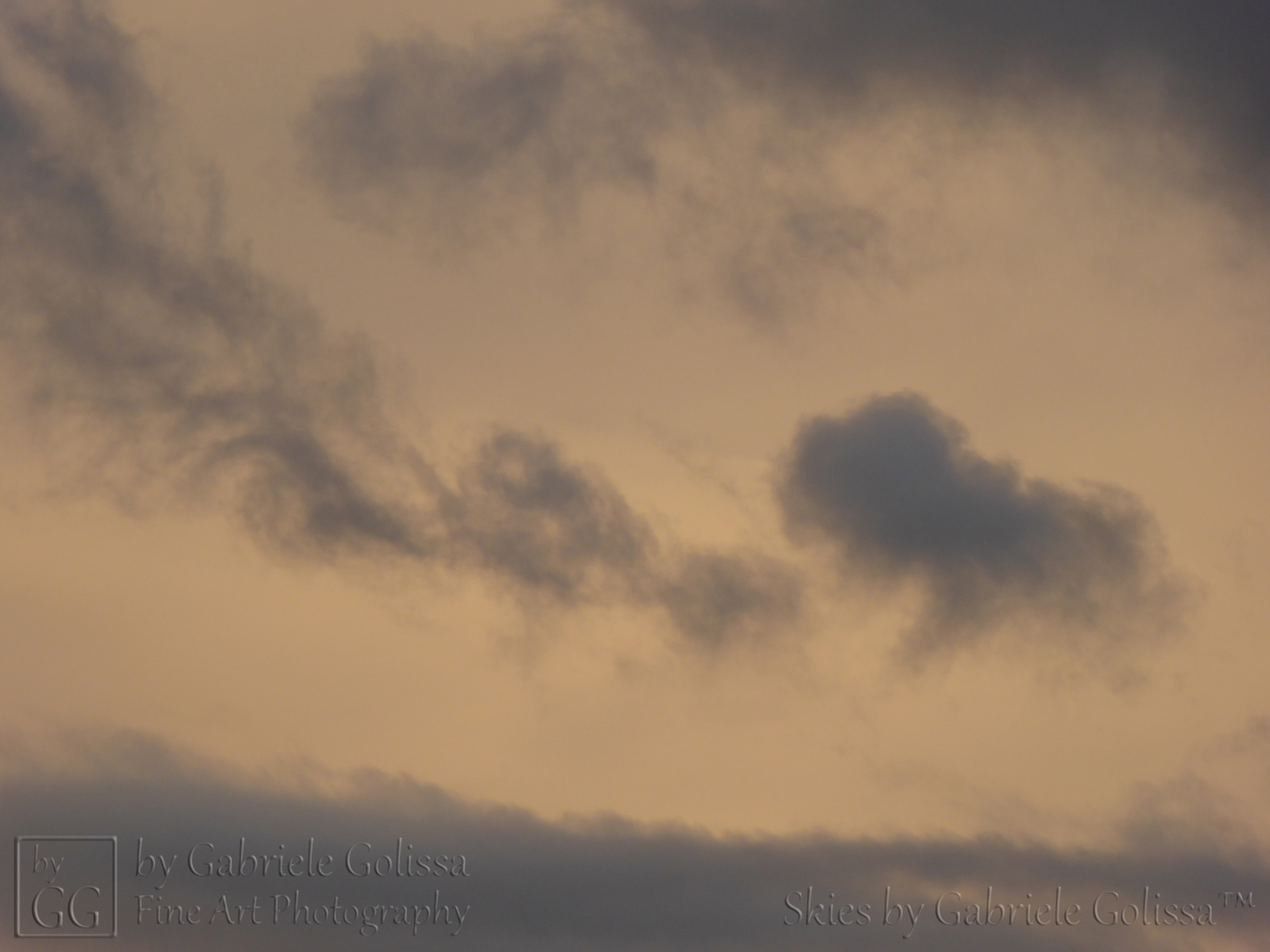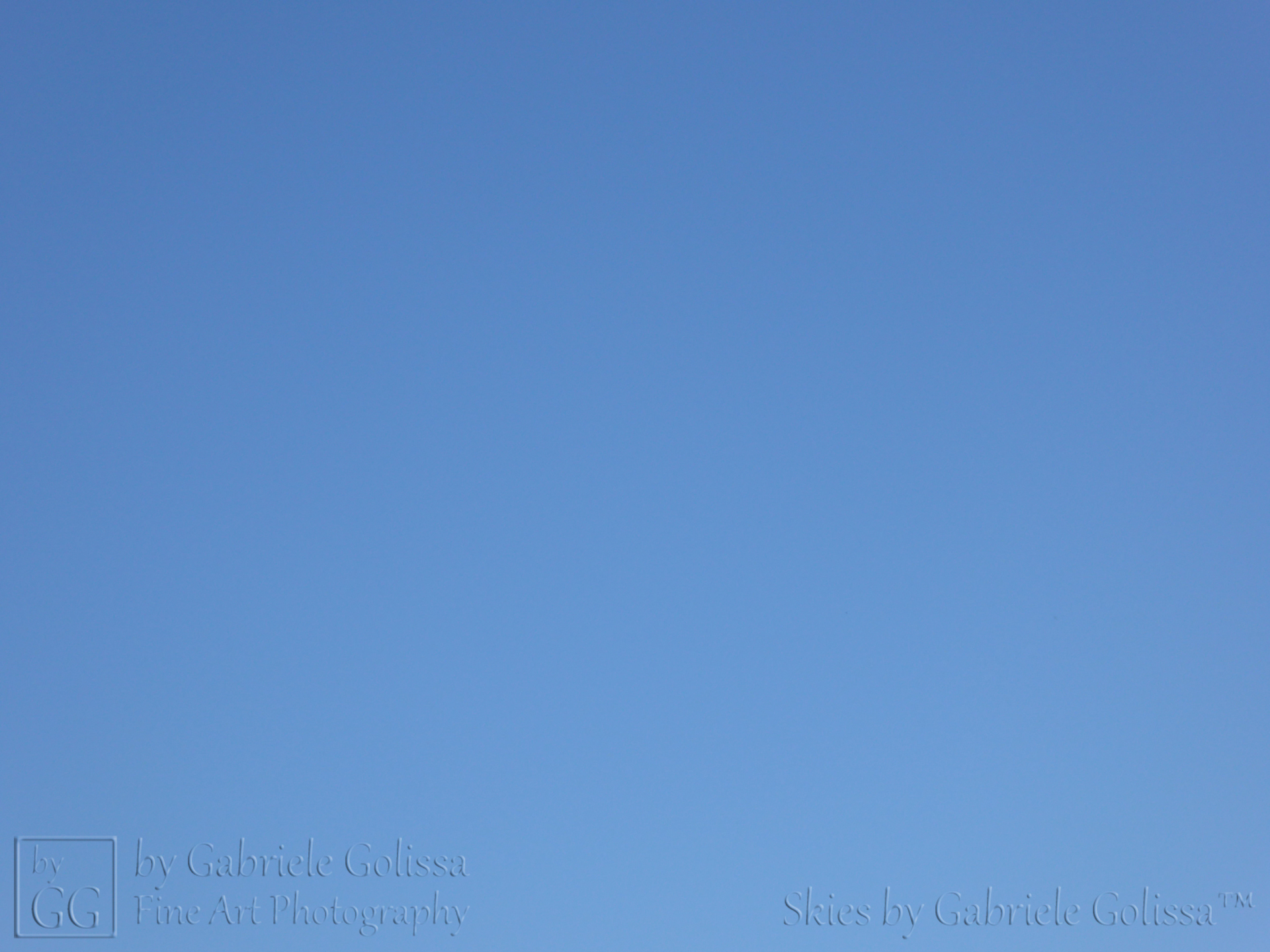”A book is a bottle thrown into the open sea,
on which this label should be attached: Catch who can!”
Alfred de Vigny (1913), Journal d’un poète, De la publicité
(my translation of the French original)
With Skies/Himmel I will take you on a journey through my skies. Enjoy wonderful photographs of skies in almost every color, learn where the colors of the skies come from, and look at interior design ideas and how a Skies by Gabriele Golissa™ photograph could look in your home. An ideal book for art lovers, fans of photography, and nature enthusiasts alike. The book is fully bilingual (English/German).
Publication date is June 27, 2017. However, Skies/Himmel is already available for pre-order where books are sold. Ask your local bookseller (find one here) or look it up online. There is also an e-book-version available for iPad and Mac on iTunes.
– Hardback: ISBN 978-0-9989432-0-6)
– E-book: ISBN 978-0-9989432-1-3 (for iPad and Mac)




